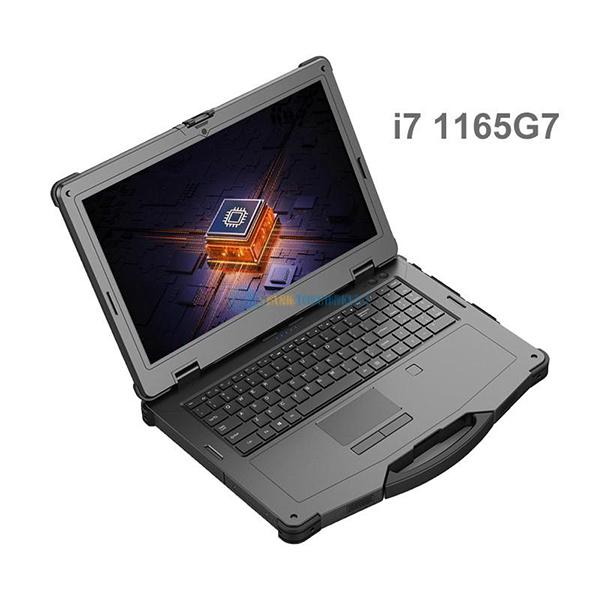Welcome STARK TOUCH DEVICE!
Solutions
Repair and maintenance of software faults in industrial control computers
Industrial Control Computer Software Troubleshooting and Maintenance Guide
Software failures in industrial control computers can disrupt automation processes, leading to costly downtime. Unlike consumer systems, industrial software operates under strict real-time constraints, requiring specialized repair approaches. This guide covers common software issues, diagnostic methods, and step-by-step fixes tailored to industrial environments.

Identifying Common Software Issues
System Crashes or Freezes
Unexpected reboots or unresponsive interfaces often stem from memory leaks, driver conflicts, or corrupted system files. In industrial settings, these may occur after firmware updates or when running legacy applications alongside modern software.
Driver and Firmware Incompatibilities
Outdated drivers for PLCs, sensors, or communication modules can cause intermittent connectivity or data errors. Firmware mismatches between hardware components may also trigger instability, especially after partial system upgrades.
Application-Specific Errors
Custom industrial software (e.g., SCADA systems, HMI interfaces) may fail due to misconfigured parameters, database corruption, or license expiration. These issues often manifest as error logs referencing missing files or invalid permissions.
Diagnostic Tools and Initial Checks
Logging and Monitoring Systems
Most industrial computers generate event logs detailing software crashes, driver errors, and hardware faults. Use built-in tools like Windows Event Viewer or Linux’s journalctl to filter logs by severity (e.g., critical, error) and timestamp.
Real-Time Data Analysis
For time-sensitive applications, enable real-time monitoring of CPU usage, memory allocation, and network latency. Tools like htop (Linux) or Task Manager (Windows) help identify processes consuming excessive resources.
Network Connectivity Tests
Use ping, traceroute, or industrial-specific protocols (e.g., Modbus TCP) to verify communication between the control computer and connected devices. Fluctuating latency or packet loss may indicate software-layer network issues.
Step-by-Step Repair Processes
Resolving System Crashes
Boot into Safe Mode: Restart the computer and press the designated key (e.g., F8) to access safe mode. This disables non-critical drivers and services, isolating the cause.
Check for Corrupted Files: Run system file checkers like
sfc /scannow(Windows) orfsck(Linux) to repair corrupted OS files.Update Drivers: Download the latest drivers from hardware vendors’ websites, ensuring compatibility with the OS version. Avoid beta releases for stability.
Fixing Driver and Firmware Conflicts
Roll Back Updates: If crashes began after a driver/firmware update, revert to the previous version via Device Manager (Windows) or package managers (Linux).
Verify Hardware Compatibility: Cross-reference driver versions with hardware documentation. Some industrial devices require specific firmware-driver pairings.
Reinstall Communication Modules: For network-related errors, uninstall and reinstall communication stacks (e.g., OPC UA servers, Ethernet drivers) using administrative privileges.
Recovering Application-Specific Errors
Restore from Backups: If database corruption occurs, restore the latest backup. Ensure backups are tested regularly to avoid relying on invalid data.
Reconfigure Parameters: For misconfigured applications, reset settings to default values via configuration files or GUI interfaces. Document changes to avoid repeating errors.
Renew Licenses: Expired software licenses may disable critical features. Contact vendors for renewal instructions, ensuring licenses match the system’s hardware fingerprint.
Preventive Maintenance Strategies
Regular Software Updates
Schedule monthly checks for OS patches, driver updates, and application fixes. Prioritize security updates to mitigate vulnerabilities exploited in industrial networks.
Change Management Protocols
Implement a structured process for software modifications, including testing in staging environments before deployment. Document all changes to track their impact on system stability.
Environment Hardening
Disable unnecessary services (e.g., remote desktop, auto-run features) to reduce attack surfaces. Use application whitelisting to restrict unauthorized software execution.
Advanced Troubleshooting Techniques
Kernel Debugging (Linux)
For persistent crashes, enable kernel debugging to capture detailed error messages. Tools like kdump generate crash dumps for post-mortem analysis.
Memory Dump Analysis (Windows)
Configure the system to generate full memory dumps on crashes. Use WinDbg or similar tools to analyze dump files for root causes like driver faults or stack overflows.
Network Packet Capture
For communication errors, capture packets using Wireshark or tcpdump. Filter traffic by protocol (e.g., Modbus, Profinet) to identify malformed requests or dropped connections.
By following these methods, industrial control computer software can be repaired efficiently and maintained to prevent future failures. Proactive monitoring and structured updates reduce the risk of disruptions in critical automation workflows.


